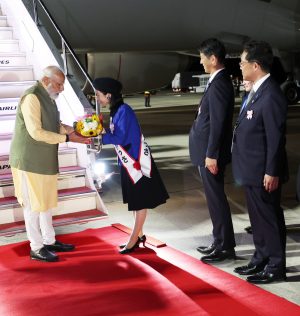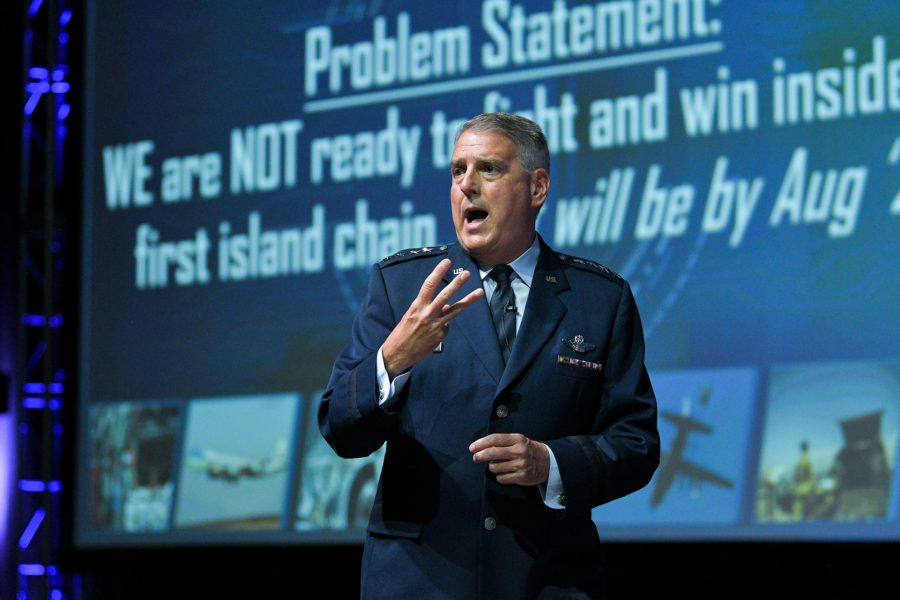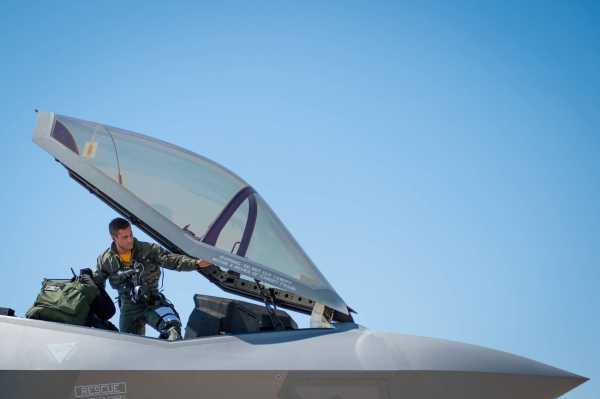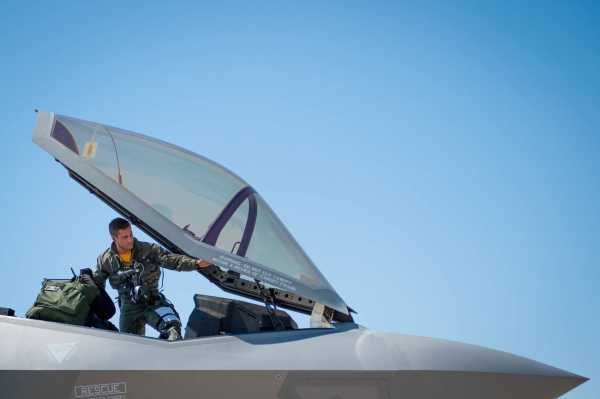K.A. Dhananjay

Recently, India and Russia decided to halt talks on reviving the Soviet-era rupee-ruble currency exchange mechanism after both sides failed to resolve teething troubles that hindered its successful implementation.
In the wake of Western sanctions and Russia’s suspension from the SWIFT bank messaging network, rupee-ruble trade was pitched as a credible platform that would solve prevailing bottlenecks in cross-border transactions by allowing trade settlement in rupees or rubles. Even as India-Russia energy trade witnessed significant growth, however, the rupee-ruble system could not gain traction as expected. It was marred by four key issues.
First, Western sanctions on Russia deterred the Indian banking system from doing business with Russia. Although India has not supported the West’s Russia sanctions regime, Indian banks are heavily reliant on SWIFT and Western financial infrastructure and seek to avoid potential sanctions. India’s banks thus are cautious about clearing payments with Russia. This has had a negative impact on the rupee-ruble trade as well – Indian banks are reportedly refusing to process payments to Russia through the Special Rupee Vostro accounts set up for the purpose.
Second, the repatriation of funds has been a contentious issue for Russian exporters trading with India. Facing a liquidity crunch at home, Russian businesses prefer receiving a fair share of their export proceeds from India directly instead of investing in Reserve Bank of India (RBI) prescribed low-yield government securities. Having a bilateral trade deficit of $38 billion, India’s foreign exchange reserves are also put under strain when surplus rupee balances are allowed to be converted and remitted back to Russia. While the RBI has generally permitted repatriation in the international rupee settlement mechanism, its implementation vis-à-vis Russia is ambiguous and uncertain.
Third, the Chinese yuan’s growing influence over the Russian ruble, and its potential to spill over to the rupee-ruble trade, had kept India worrying. As part of its newfound strategic relationship with China, Russia has been pushing for the yuan as its go-to currency for settling international trade payments, including those with India. Being China’s territorial and hegemonic adversary, India refused to settle payments in yuan to avoid exposing its volatile currency market to a highly regulated Chinese currency. However, Russia was able to transact in yuan with India on some occasions.













